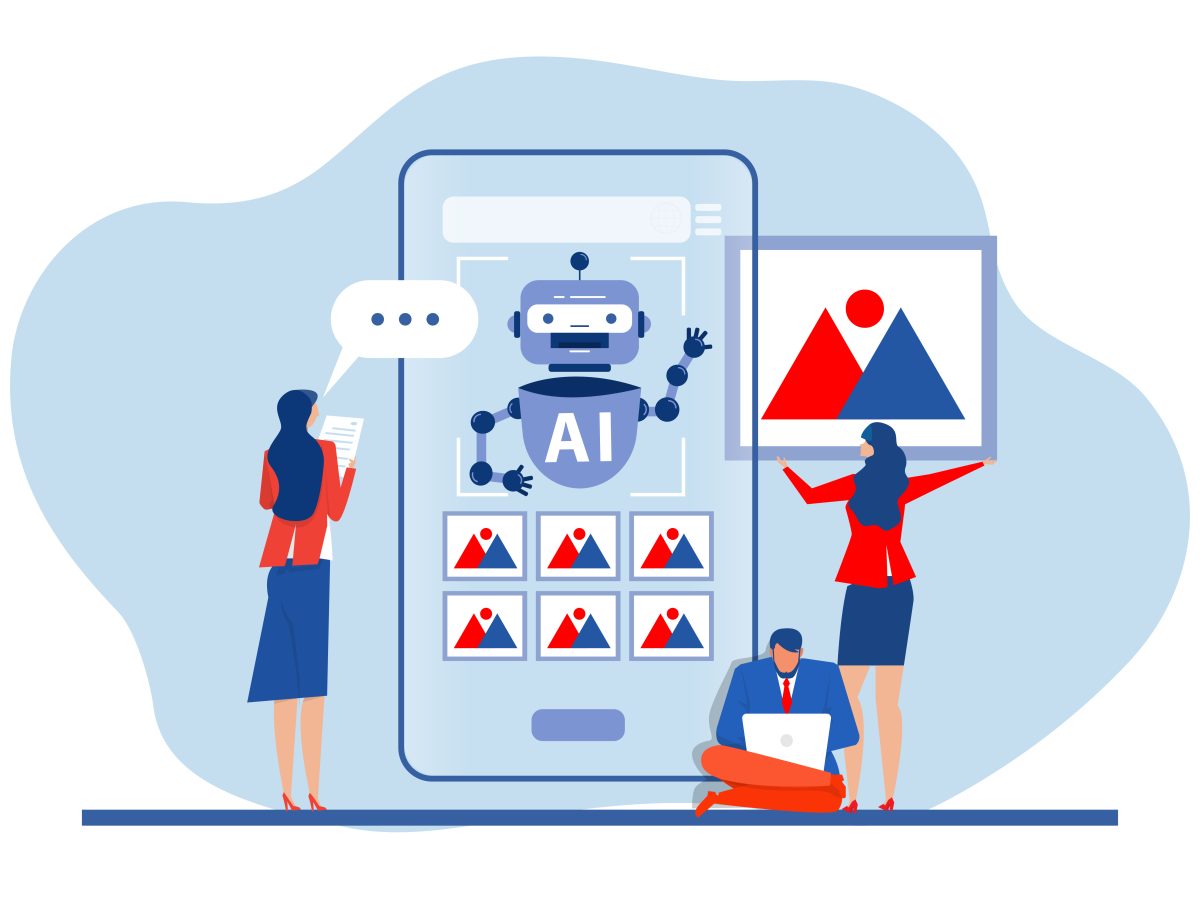Building and executing a successful technology roadmap requires precision, foresight, and adaptability in today’s rapidly evolving tech landscape. With AI, organizations can gain deeper insights, make more informed decisions, and optimize their planning process. This blog explores how AI prompts can be integrated into crafting effective technology roadmaps, offering actionable insights and examples to streamline your tech strategy.
Why Use AI for Goal Setting in Crafting Effective Technology Roadmaps?
AI can significantly improve the process of goal setting when building a technology roadmap by offering valuable advantages:
Data-Driven Insights
AI can analyze historical and current data to predict future trends, helping teams set achievable and realistic goals based on hard evidence rather than assumptions.
Improved Forecasting
AI uses predictive analytics to forecast potential challenges and opportunities, allowing you to anticipate future needs and build a proactive and flexible roadmap.
Resource Allocation
AI can help optimize resource allocation by analyzing project scope, timelines, and potential risks. This ensures that your technology roadmap is realistic and aligned with available resources.
Risk Management
By analyzing past performance and emerging trends, AI can predict potential risks and propose mitigations, helping ensure that your technology strategy remains resilient.
Continuous Improvement
AI provides ongoing analysis, enabling the roadmap to evolve as new technologies emerge, business objectives shift or market conditions change.
AI-Powered Prompts for Crafting Effective Technology Roadmaps
AI prompts provide a structured way to define, refine, and execute your technology roadmap. Below are several examples of how AI-driven prompts can assist in shaping your tech strategy:
1. Defining Key Objectives for the Technology Roadmap
Prompt: “Analyze historical data to identify the top three goals for our technology roadmap in the next 12 months.”
Example: Identify the top three goals for our technology roadmap over the next 12 months, focusing on improving platform scalability, enhancing cybersecurity, and integrating AI tools into customer service.
How This Prompt Can Be Helpful: This helps ensure that the roadmap is focused on the most critical objectives, aligned with both business priorities and technological advancements.
2. Identifying Target Technological Innovations
Prompt: “Suggest five emerging technologies that align with our current roadmap for the next 18 months.”
Example: Suggest five emerging technologies like blockchain, 5G, AI-driven automation, edge computing, and quantum computing, based on our current roadmap to improve customer experience and backend infrastructure.
How This Prompt Can Be Helpful: It provides insights into future technologies that should be incorporated into your strategy, ensuring that your roadmap remains cutting-edge.
3. Setting Milestones for Technology Projects
Prompt: “Define a series of measurable milestones for the integration of cloud services into our infrastructure over the next six months.”
Example: Define milestones such as “Conduct feasibility study,” “Complete cloud migration pilot,” and “Achieve 50% cloud service integration.”
How This Prompt Can Be Helpful: Clear milestones help track progress, ensuring that projects stay on track and are completed within budget and on time.
4. Allocating Resources Efficiently Across Teams
Prompt: “Analyze current resource allocation and propose an optimized distribution of team members for the next phase of our software development project.”
Example: Based on current capacity and project requirements, suggest the reallocation of 30% more engineers to the UI/UX team and 20% to quality assurance to ensure faster product iteration.
How This Prompt Can Be Helpful: Ensures that resources are allocated where they are needed most, improving efficiency and reducing bottlenecks.
5. Evaluating Technological Risks
Prompt: “Analyze current industry trends to identify potential risks to our roadmap for the next two years, including technological, market, and regulatory challenges.”
Example: Identify risks such as data privacy regulations, supply chain disruptions in tech hardware, and competition from disruptive startups.
How This Prompt Can Be Helpful: By identifying risks early, teams can take proactive measures to mitigate them, ensuring smoother execution of the roadmap.
6. Enhancing Cross-Departmental Collaboration
Prompt: “Generate strategies for enhancing collaboration between product, IT, and marketing teams to ensure alignment on the technology roadmap’s objectives.”
Example: Suggest regular cross-functional workshops, shared project management platforms, and bi-weekly status meetings to ensure transparency and coordination.
How This Prompt Can Be Helpful: Fosters a collaborative environment where all departments are aligned on the technology goals, enhancing the overall success of the roadmap.
7. Reviewing and Adjusting the Roadmap Based on Feedback
Prompt: “Provide a process for gathering feedback from key stakeholders on the initial draft of the technology roadmap and incorporating their input for the final version.”
Example: Create a process for collecting feedback from senior leadership, technical teams, and customers, then categorize and prioritize this feedback to refine the roadmap.
How This Prompt Can Be Helpful: Ensures that the roadmap is constantly refined and improved based on real-world feedback, making it more likely to meet organizational needs.
Example: How AI-Generated Prompts Can Help an Organisation
Scenario
A growing tech company is preparing its roadmap for integrating advanced AI capabilities into its core product offerings over the next 12 months.
AI Prompt
“Analyze market trends and predict the top AI technologies we should integrate into our product over the next year.”
AI Output
Top AI Technologies
Predictive analytics, natural language processing (NLP), AI-powered personalization engines, and autonomous decision-making systems.
Market Insights
There’s a growing demand for AI-driven personalization in e-commerce, with NLP being essential for customer service automation.
Strategic Recommendations
Focus on NLP for improving customer support chatbots, predictive analytics for supply chain management, and AI personalization for product recommendations.
How Stratpilot Helps
Stratpilot is an AI-driven tool that empowers organizations to craft and refine their technology roadmaps with precision. By offering customizable AI prompts and real-time insights, Stratpilot helps teams generate actionable ideas, streamline collaboration, and track progress efficiently.
Ready to elevate your technology strategy? Explore how Stratpilot can help you craft effective roadmaps that drive innovation and success, sign up for Stratpilot today!





